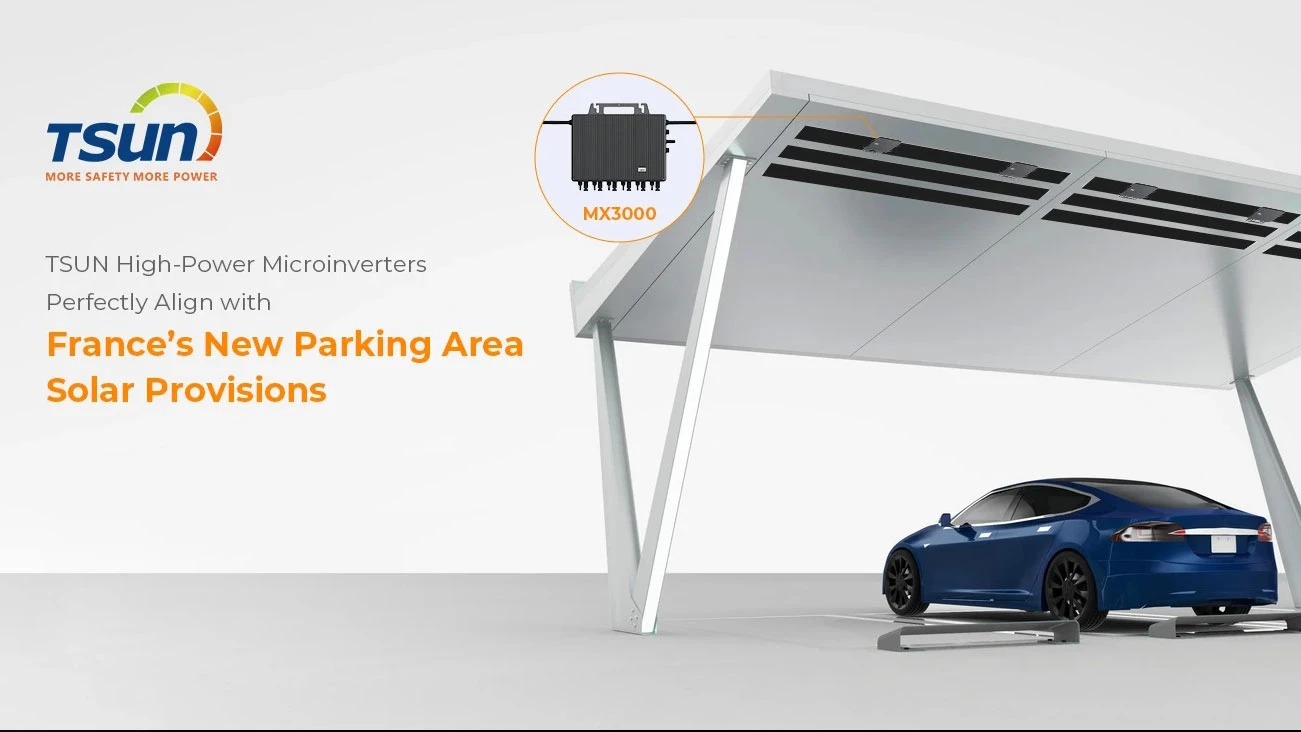When navigating the solar energy market, choosing between microinverters and power optimizers can significantly impact the efficiency and cost-effectiveness of a photovoltaic system. Both technologies serve to enhance the performance of solar panels, but they do so in fundamentally different ways. Understanding these differences can guide consumers in making an informed decision tailored to their specific energy needs.

Microinverters are devices that convert direct current (DC) generated by solar panels into alternating current (AC) at the individual panel level. This system architecture allows each panel to operate independently, minimizing the negative effect of shading, debris, or panel mismatch issues on the overall system output. Independent testing and user experiences highlight the reliability of microinverters in maintaining steady energy generation across all conditions. Installation experiences suggest that systems using microinverters often benefit from reduced downtime as a result of built-in redundancy–if one microinverter fails, the others continue to function without interruption.
Power optimizers, on the other hand, are DC-DC converters connected to each solar panel, designed to condition the electricity before it reaches a centralized inverter. They optimize the performance of each panel, similar to microinverters, by mitigating the impact of shading and other external factors. However, the final conversion of DC to AC happens at a centralized point, which can introduce a single point of failure for the system. Expert analysis indicates that power optimizers present a superior option in systems where centralized control offers economic and management benefits, such as in large-scale deployments.

In terms of efficiency, studies show that both systems can deliver comparable performance in ideal conditions, though microinverters have a slight edge when dealing with dynamically changing environmental conditions due to their decentralized nature. This feature is particularly beneficial in residential installations, where space and orientation of panels can vary significantly. For homeowners valuing flexibility and ease of expansion, microinverters provide the advantage of scalability, as additional panels can be installed without major system overhauls.
microinverters vs power optimisers
For commercial applications, where maximizing area efficiency and lowering costs are critical, power optimizers might present a more attractive solution. Their ability to connect multiple panels to a single, more cost-effective inverter can lead to substantial savings in installations involving thousands of panels. Meanwhile, advancements in optimization algorithms have enhanced the operational efficacy and dependability of power optimizers, cementing their place in commercial-scale projects.
Trustworthiness plays a crucial role in selecting either technology. The durability of microinverters against environmental stressors like extreme temperatures and moisture has improved significantly, supported by extended warranties often reaching 25 years. This longevity is matched by the evolving standards in power optimizers, which now also offer comparable warranty periods and robust protection features.
In conclusion,
neither microinverters nor power optimizers represent a one-size-fits-all solution. Their effectiveness is contingent upon the specific conditions and priorities of each solar energy project. When performance consistency under varied conditions is paramount, microinverters stand out. Conversely, if economic efficiency and centralized management are prioritized, power optimizers might be the optimal choice. The decision should ultimately be informed by a comprehensive assessment of the site-specific factors and long-term energy goals, ensuring that the chosen technology aligns with both current requirements and future expansions.
 LEARN DETAILS
LEARN DETAILS



